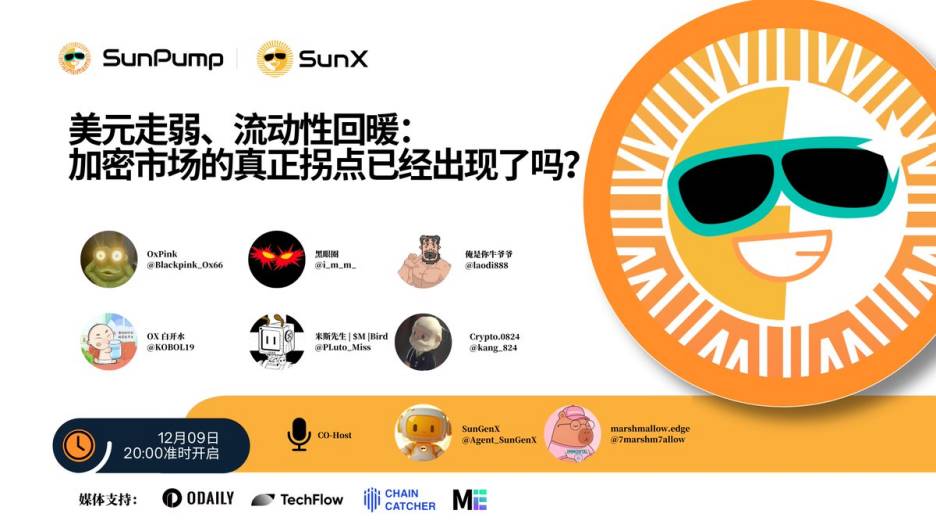A decade after Warren Buffett's "merger of the century," Kraft Heinz (KHC.US) is reportedly close to a breakup.
According to Jinse Finance APP, citing The Wall Street Journal, Kraft Heinz Company (KHC.US) is close to finalizing a split plan, intending to divide this large American food and beverage company into two independent entities, with an official announcement possibly coming next week.
Sources revealed that the food giant plans to spin off its grocery business (covering products such as Kraft macaroni and cheese, Velveeta cheese, Jell-O, and Kool-Aid), with the new entity valued at about $20 billion; the remaining business will focus on faster-growing categories such as ketchup and condiments, forming a smaller independent company.
This split is essentially a reversal of the 2015 merger between Kraft Foods Group and H.J. Heinz Company, which created the third-largest food and beverage company in the United States at the time.
The 2015 merger was jointly driven by Warren Buffett’s Berkshire Hathaway and 3G Capital. According to the agreement at the time, Kraft shareholders held 49% of the merged company, while Heinz shareholders held 51%. In addition to shares in the merged company, Kraft shareholders also received a special cash dividend of $16.50 per share, which was entirely funded by Heinz shareholders (Berkshire Hathaway and 3G Capital) through equity contributions. At the beginning of the merger, the combined revenue of the two companies was about $28 billion, but this figure gradually shrank to $6.35 billion in subsequent years.
Buffett said at the time of the merger, “I am very pleased to be involved in bringing together these two outstanding companies and their iconic brands. This is exactly the type of transaction I favor—combining two world-class organizations to create value for shareholders. I am full of expectations for the future development opportunities of this newly merged company.”
To boost profits, the newly formed Kraft Heinz Company immediately launched a cost-cutting plan and embarked on an acquisition spree, including the failed attempt to acquire Unilever (UL.US) for $143 billion in 2017.
However, while the company was busy cutting costs and seeking acquisitions, it failed to notice that consumer tastes had shifted toward healthier food choices. As market demand for processed cheese, hot dogs, and similar products declined, the company’s sales came under pressure, and it ultimately had to admit that the valuations of its Kraft and Oscar Mayer brands were far below expectations, resulting in an asset impairment loss of $15 billion.
Additionally, then-CEO Bernardo Hess also admitted that the implementation of zero-based budgeting (where all expenses must be justified from zero at the start of each budget cycle) had failed. In 2019, Hess stated, “We were overly optimistic about the effects of cost savings, and these expectations ultimately were not realized.”
Amid a series of difficulties, Kraft Heinz’s stock price continued to decline. After peaking in 2017, its share price fell by a cumulative 61% over the ten years following the merger, while the S&P 500 index rose by as much as 237% during the same period.
This performance forced Berkshire Hathaway to once again write down the value of its 27.4% stake in Kraft Heinz, following a $3 billion impairment in 2019 with another $3.8 billion write-down.
Dragged down by rising production costs, Kraft Heinz’s profitability has also continued to decline, and by 2025, it had fallen into losses.
With virtually no other options, the company is now considering a split to resolve its difficulties, but this strategy is unlikely to save the struggling food and beverage company.
Seeking Alpha analyst Alan Galecki commented, “I don’t see any value creation from the split,” adding, “I worry that we’ll end up with two ‘sickly’ companies.”
Another analyst team, TQP Research, added: “The proposed split requires both independent entities to achieve strong profit and loss growth, but empirical evidence suggests that Kraft Heinz’s split is unlikely to create new value for shareholders.”
Wall Street seems to share a similar view. Since rumors of the split first emerged last month, Kraft Heinz’s share price has risen by only 3%.
Disclaimer: The content of this article solely reflects the author's opinion and does not represent the platform in any capacity. This article is not intended to serve as a reference for making investment decisions.
You may also like
On the eve of Do Kwon's trial, $1.8 billion is being wagered on his sentence
Dead fundamentals, vibrant speculation.

Space Review|When the US Dollar Weakens and Liquidity Recovers: Cryptocurrency Market Trend Analysis and TRON Ecosystem Strategy
This article reviews the identification of macro turning points and the capital rotation patterns in the crypto market, and delves into specific allocation strategies and practical approaches for the TRON ecosystem during market cycles.

30-Year Wall Street Veteran: Lessons from Horse Racing, Poker, and Investment Legends That Inspired My Bitcoin Insights
What I focus on is not the price of bitcoin itself, but rather the position allocation of the group of people I am most familiar with—those who possess significant wealth, are well-educated, and have successfully achieved compounding returns on capital over decades.
